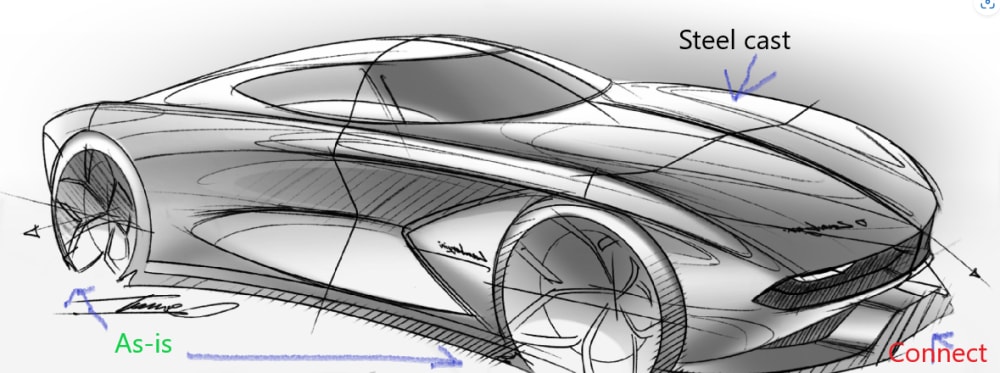You're looking for a **vehicle design** with an emphasis on **communications, power, and safety subsystems**—that sounds like an autonomous or specialized transport system. Here's a structured approach to synthesizing such an **AutoPod assembly**:
The general components of the pod shall cover an ideal combination of the navigation propagators in land, air and water.
AutoPod Assembly Overview
An **AutoPod** is a compact, autonomous or semi-autonomous vehicle designed for personal transport, logistics, or specialized tasks. It requires robust **communication, power, and safety subsystems** for efficient and secure operation.
1. Communications Subsystem
A robust communication system ensures vehicle coordination, remote monitoring, and real-time data exchange. Key components include:
- Internal Communication
- CAN Bus & LIN Bus: Enables communication between vehicle components (ECUs, sensors, actuators).
- Ethernet (Automotive Ethernet): High-speed data transfer for ADAS (Advanced Driver-Assistance Systems).
- External Communication
- 5G & V2X (Vehicle-to-Everything): For real-time traffic updates, emergency alerts, and remote diagnostics.
- GPS & RTK-GNSS: High-precision positioning for navigation and fleet management.
- LiDAR & Computer Vision Data Link: Allows autonomous navigation through visual/mapped feedback.
2. Power Subsystem
The power system ensures energy efficiency, battery management, and failsafe operations.
- Power Source
- Battery: High-capacity lithium-ion or solid-state batteries.
- Solar Panels (Optional): Energy harvesting for extended range.
- Regenerative Braking: Converts kinetic energy into stored battery power.
- Power Distribution & Management
- Battery Management System (BMS): Optimizes charging, discharging, and thermal regulation.
- DC/DC Converters:** Steps down/up voltage for different subsystems.
- Redundant Power Circuits: Ensures critical functions continue in case of power failure.
3. Safety Subsystem
Safety is crucial for an AutoPod, covering passenger security, obstacle avoidance, and emergency protocols.
- Passive Safety
- Crash Protection: Reinforced frame and impact-absorbing materials.
- Fire Suppression: Battery fire-resistant casing and emergency venting.
- Secure Access Control: Biometric authentication or RFID-based entry.
- Active Safety
- LiDAR, Radar & AI-Based Perception: Object detection, pedestrian recognition.
- Emergency Stop System: Independent fail-safe mechanism to halt the vehicle.
- Redundant Braking & Steering: Multiple control layers to prevent total system failure.
4. Integration & Control
- Central ECU (Electronic Control Unit): Processes data from all subsystems.
- AI & Edge Computing: Processes navigation, hazard detection, and communication in real-time.
- Cloud-Based Monitoring: Remote diagnostics, predictive maintenance, and updates.
Conclusion
This AutoPod assembly focuses on "efficient communication, reliable power, and advanced safety" for autonomous or semi-autonomous operation. Would you like additional features, such as environmental monitoring or modular adaptability? 🚗⚡📡
Like this entry?
-
About the Entrant
- Name:Jonah Emeson
- Type of entry:individual
- Software used for this entry:Paint

